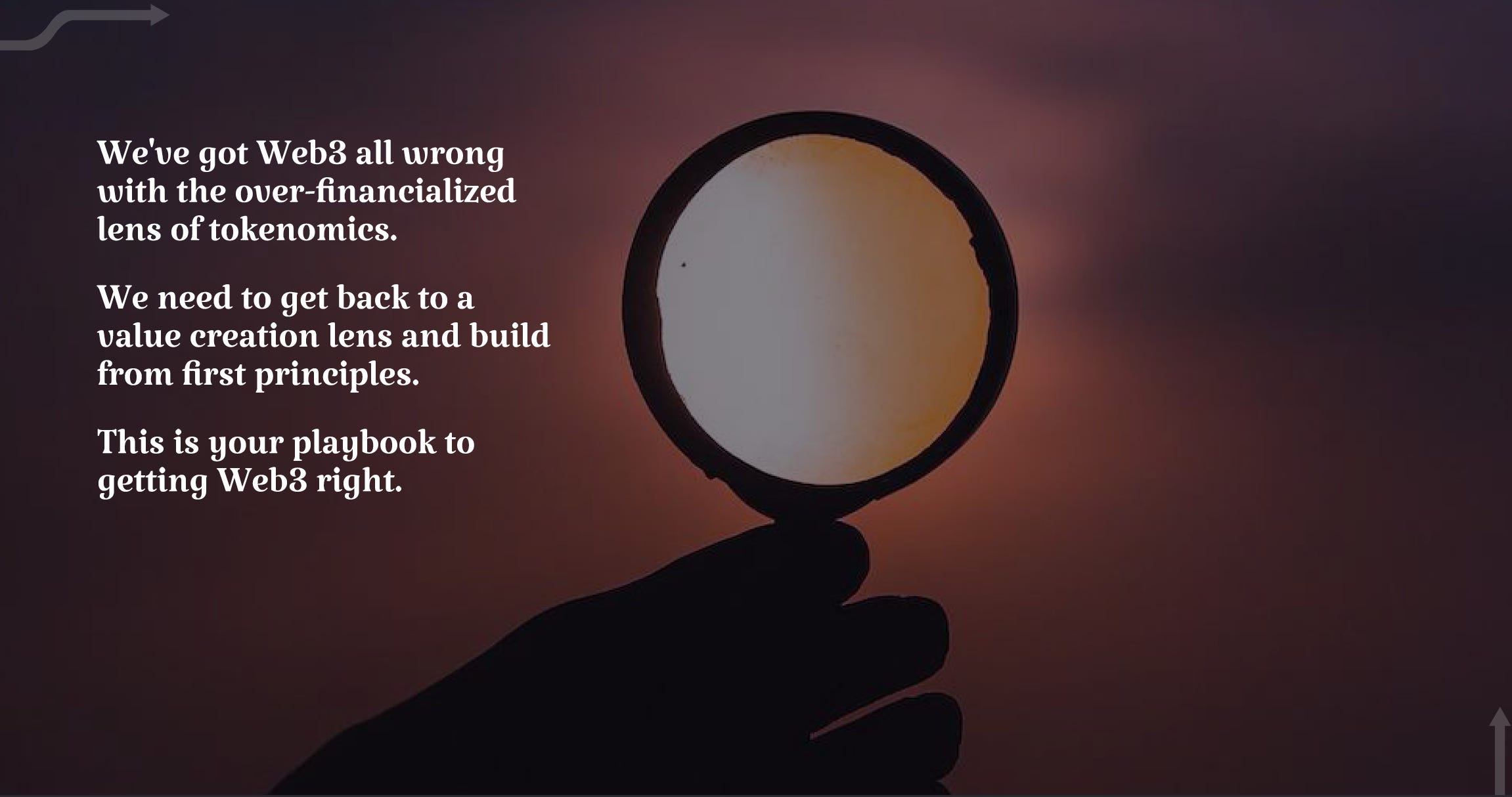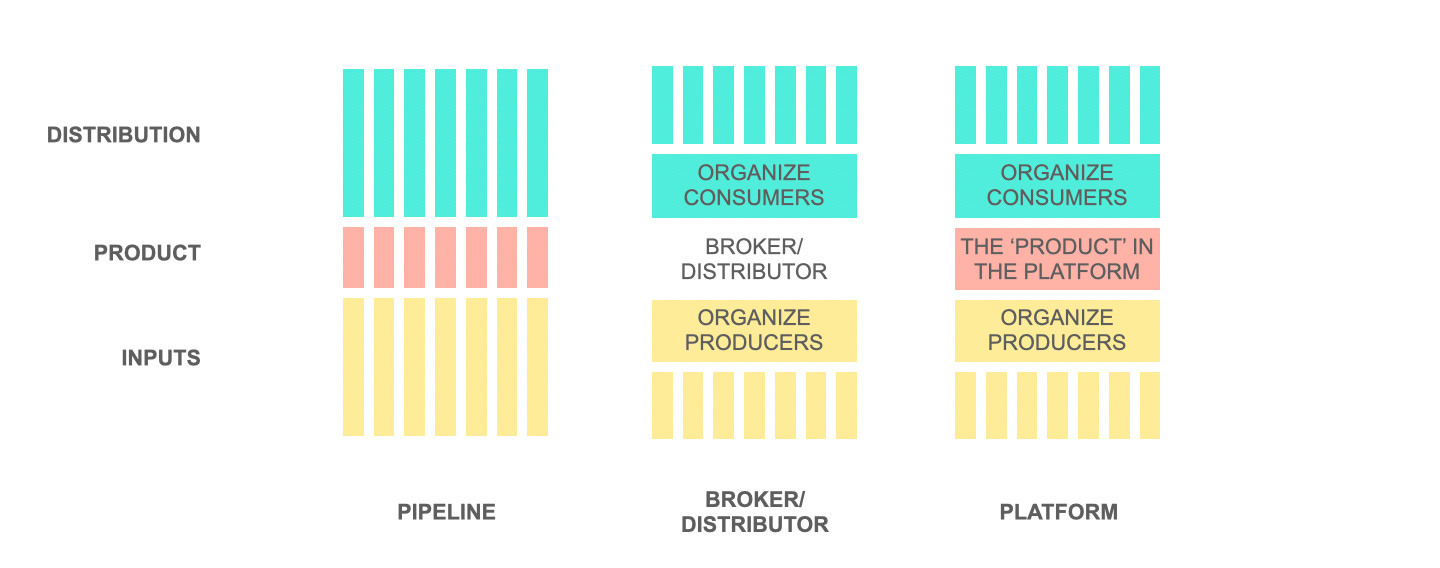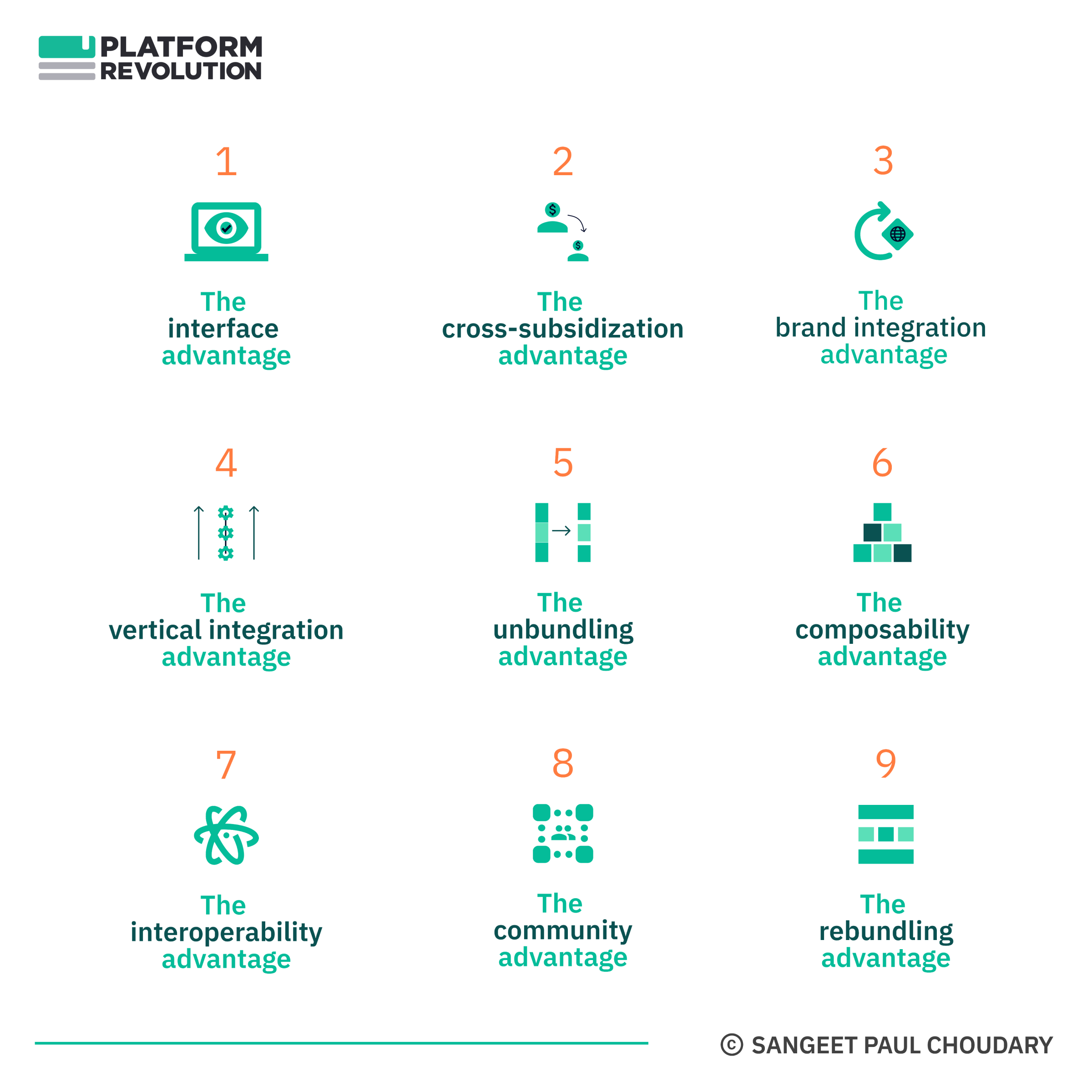Strategy
Move over, #SBF! The #Web3 Builders Playbook launches today
Embracing opportunities amid the crypto chaos
Between Mark’s admission of pandemic bloat and overestimation, Sam’s flip from badly dressed crypto-saviour to badly dressed crypto-scammer, and Elon’s on-again, off-again relationship with Twitter engineers, we’ve had a bunch of crazy weeks this November.
And with FTX wrapping up a year of drama in crypto, we’re as done with speculative crypto as we are with effective altruism.
With all that noise out of the way, though, there’s never been a better time to build!
So while crypto might be dead, long live Web3!
We couldn’t have chosen a more dramatic time to launch our Web3 Builders Playbook.
But it’s finally here!
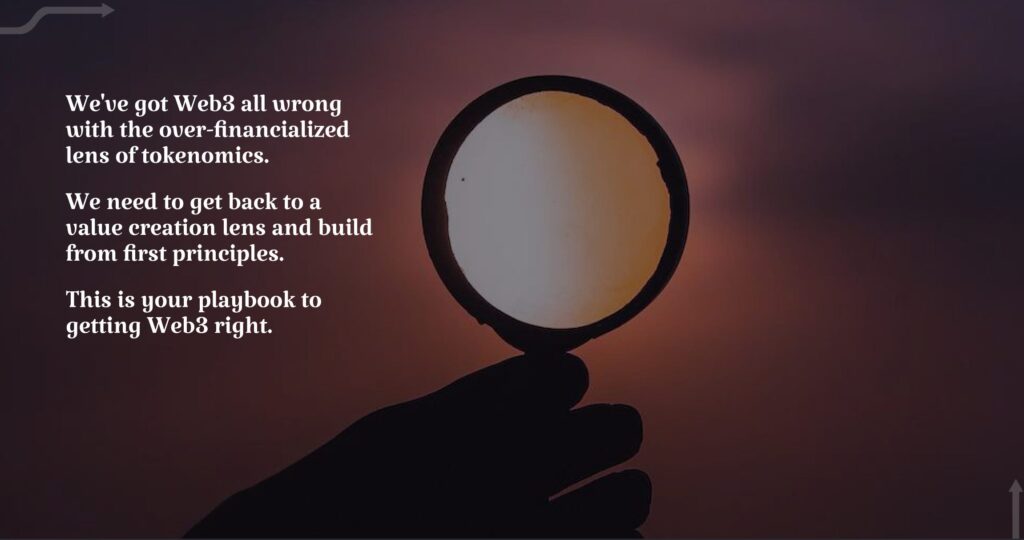
And before we move any further, the Web3 playbook launches today. Get your copy now:

GET THE PLAYBOOK
1. The rise of protocols
Protocols have often been dismissed by Web3 skeptics, as hacker tools that will only impact a small community. Instead, protocols — in combination with tokens — look increasingly likely to power the next generation of market economics.
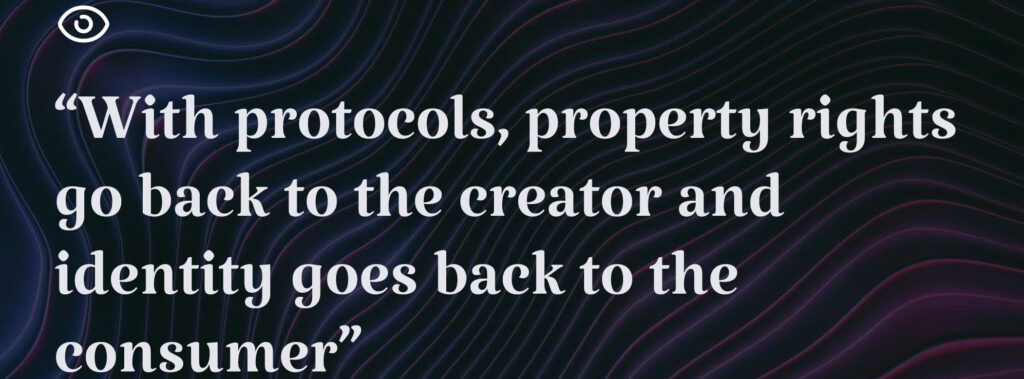
Protocols (in combination with tokens) change the incentives and returns on production and disentangle consumers from the lock-in enforced by platforms.
Read the definitive post on the topic here: Pipelines to platforms to protocols: Reconfiguring value and redesigning markets
2. Web3 Ecosystems: Openness on steroids
Web2 ecosystems primarily comprise market participants.
Web3 ecosystems need to consider participants not just at the market layer but also at the infrastructure layer, the financing layer, and the governance layer.

A deep-dive here:Unbundling the unbundlers – The end of winner-takes-all
3. Web3 Network Effects
Web3 network effects are different!
We need to rethink network effects from first principles and understand what changes as we move from Web2 to Web3.
For instance, token value provides an additional value lever to kickstart and scale network effects. Conversely, data and reputation portability, combined with technology interoperability, makes network effects much less defensible in Web3.
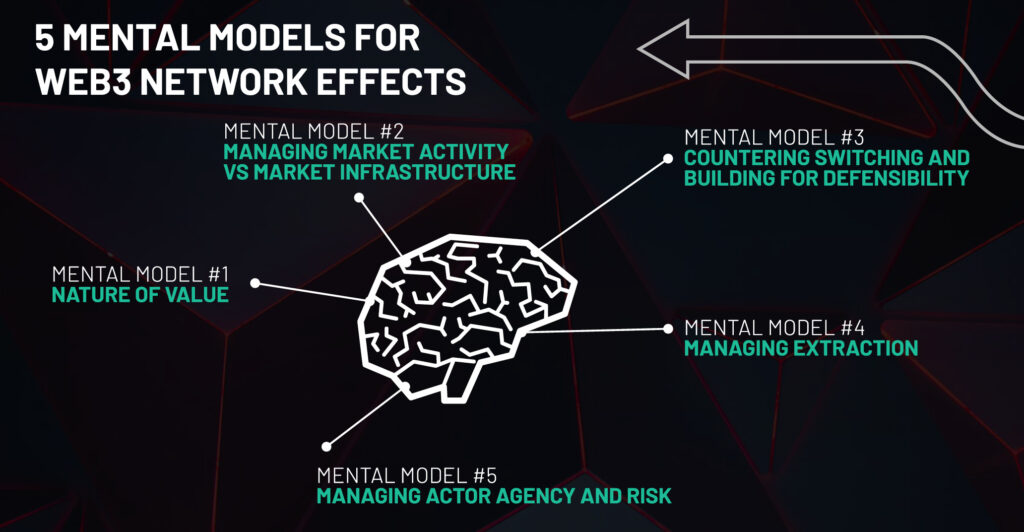
A meaty teardown here: Web3 Network Effects: Five Mental Models
4. Composability turbo-charges bootstrapping
Composability enables us to kickstart network effects faster. However, data portability also makes network effects less defensible.
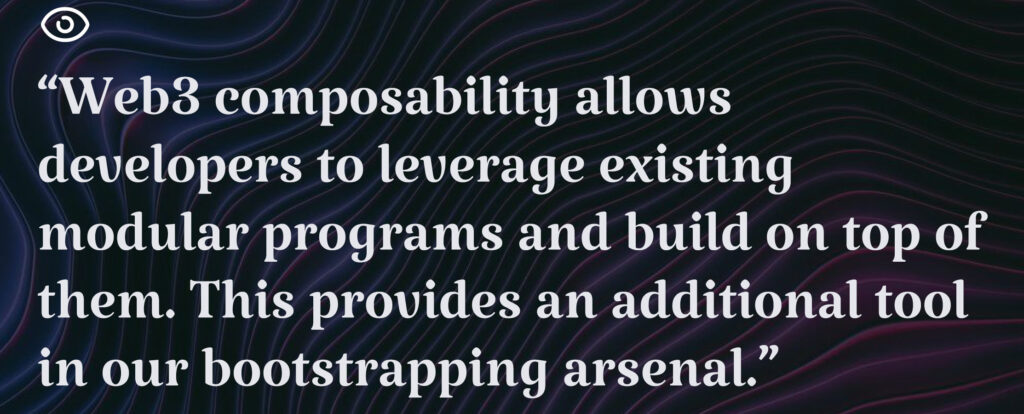
5. Composability meets forkability
One of the most interesting seeming contradictions about web3: Designing for composability and designing for forkability.
Designing for composability is obvious. Designing for forkability is counter-intuitive.
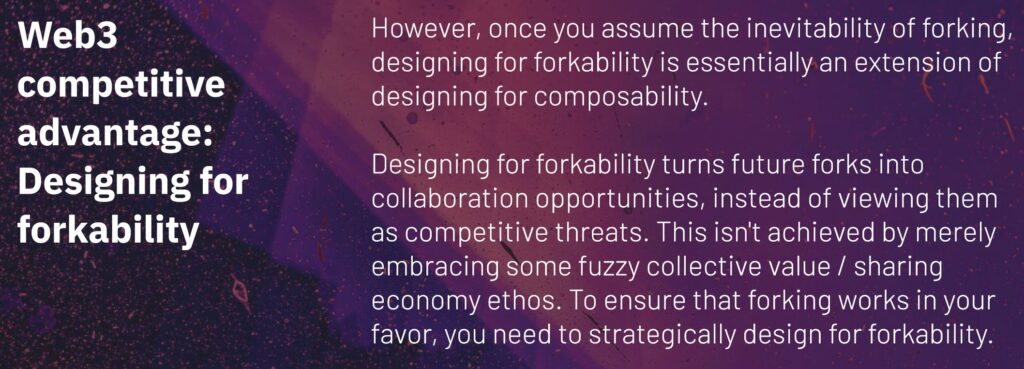
Here’s how it really works out: Web3 network effects: Designing for forkability
Tokens need to be carefully designed to ensure they incentivize and disincentivize the core actions that impact network effects
Feel Free to Share
Download
Our Insights Pack!
- Get more insights into how companies apply platform strategies
- Get early access to implementation criteria
- Get the latest on macro trends and practical frameworks
6. Developers as source of competitive advantage
Developers create competitive advantage in Web3.Web3 projects need to set up developer engagement programs towards solution development to accrue value into their token. Equally important, Web3 projects need to set up developer engagement programs to encourage solution usage through integrations.
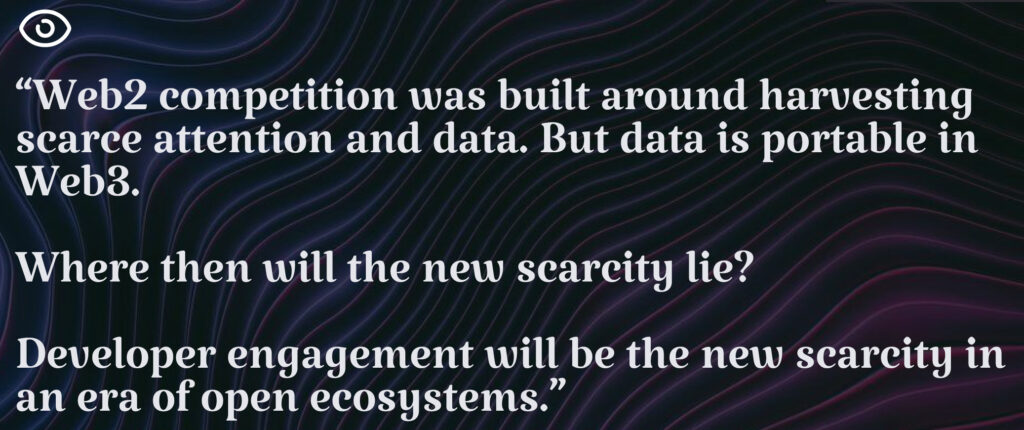
More at this link: Web3 competitive advantage: Winning in open and decentralized ecosystems
7. Building long tail networks in Web3
With the rise of protocol-based market coordination, niche markets are poised to make a comeback. Supply side inventory is on-chain and openly accessible. Equally importantly, demand-side consumption data and reputation data are portable on Web3. Integrations and composability are additional drivers enabling the rise of niche markets in Web3.
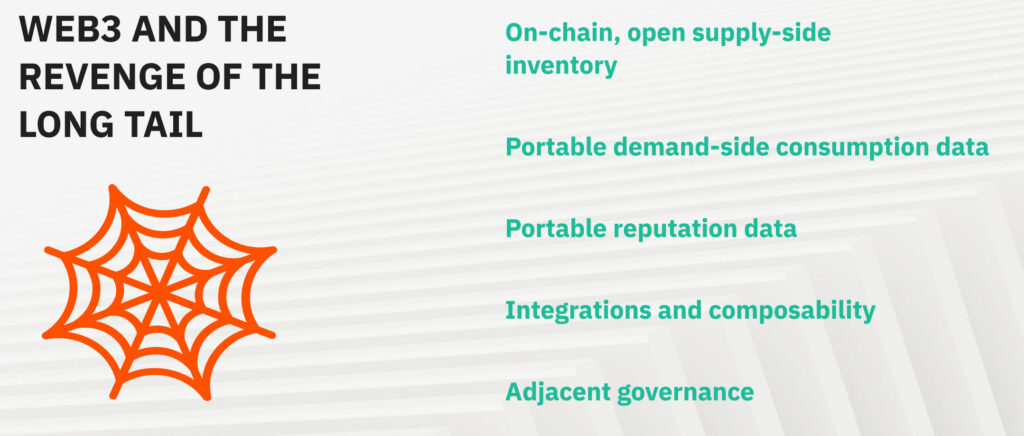
Dig deeper here: Web3 and the revenge of the long tail
8. Power users scale Web3 ecosystems
Owing to tokenised ownership, Web3 platforms can turbocharge power user strategies. As centralized ownership of the platform decreases, power users play an increasingly important role by driving growth of the platform and reaping the ensuing gains.
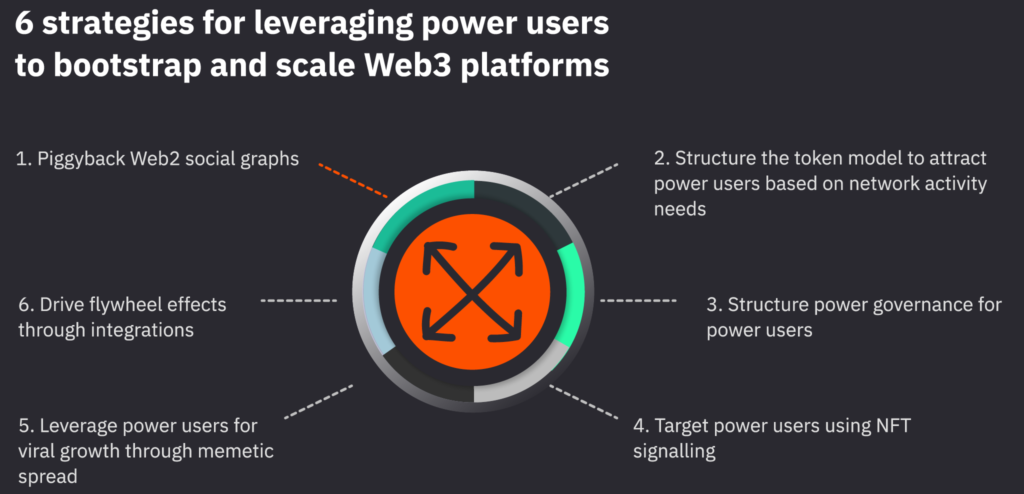
More here: Web3 Network Effects: Leveraging Power Users
Get Your Copy Today
State of the Platform Revolution
The State of the Platform Revolution report covers the key themes in the platform economy in the aftermath of the Covid-19 pandemic.
This annual report, based on Sangeet’s international best-selling book Platform Revolution, highlights the key themes shaping the future of value creation and power structures in the platform economy.
Themes covered in this report have been presented at multiple Fortune 500 board meetings, C-level conclaves, international summits, and policy roundtables.
Subscribe to Our Newsletter



